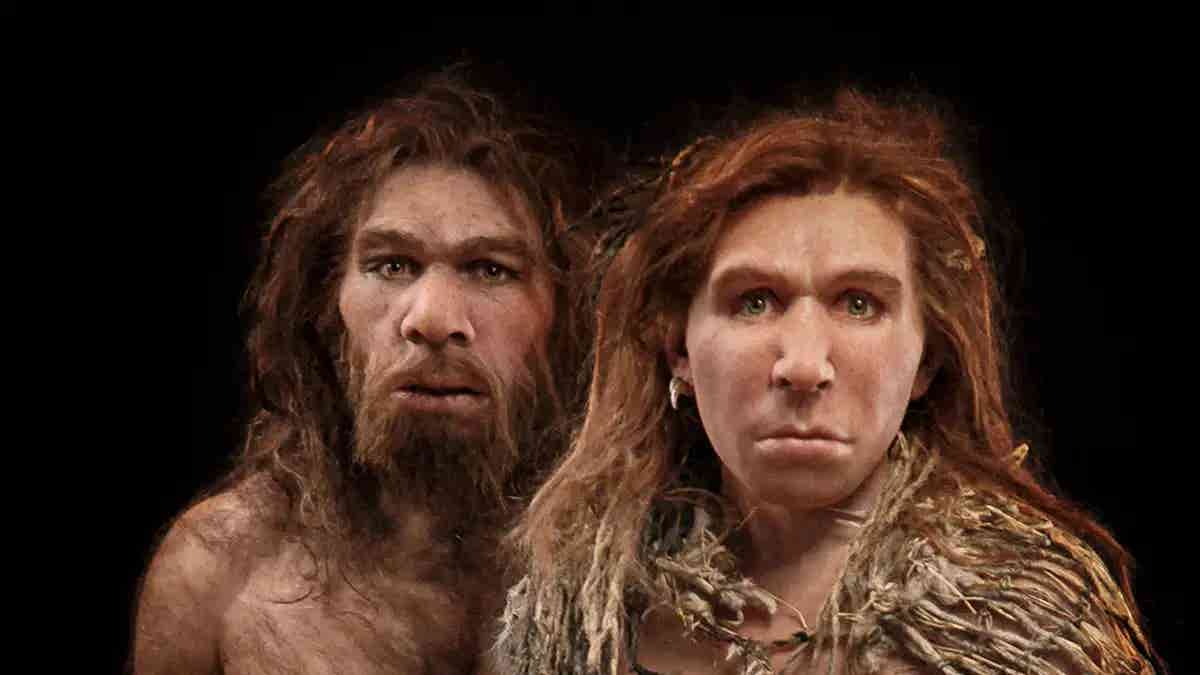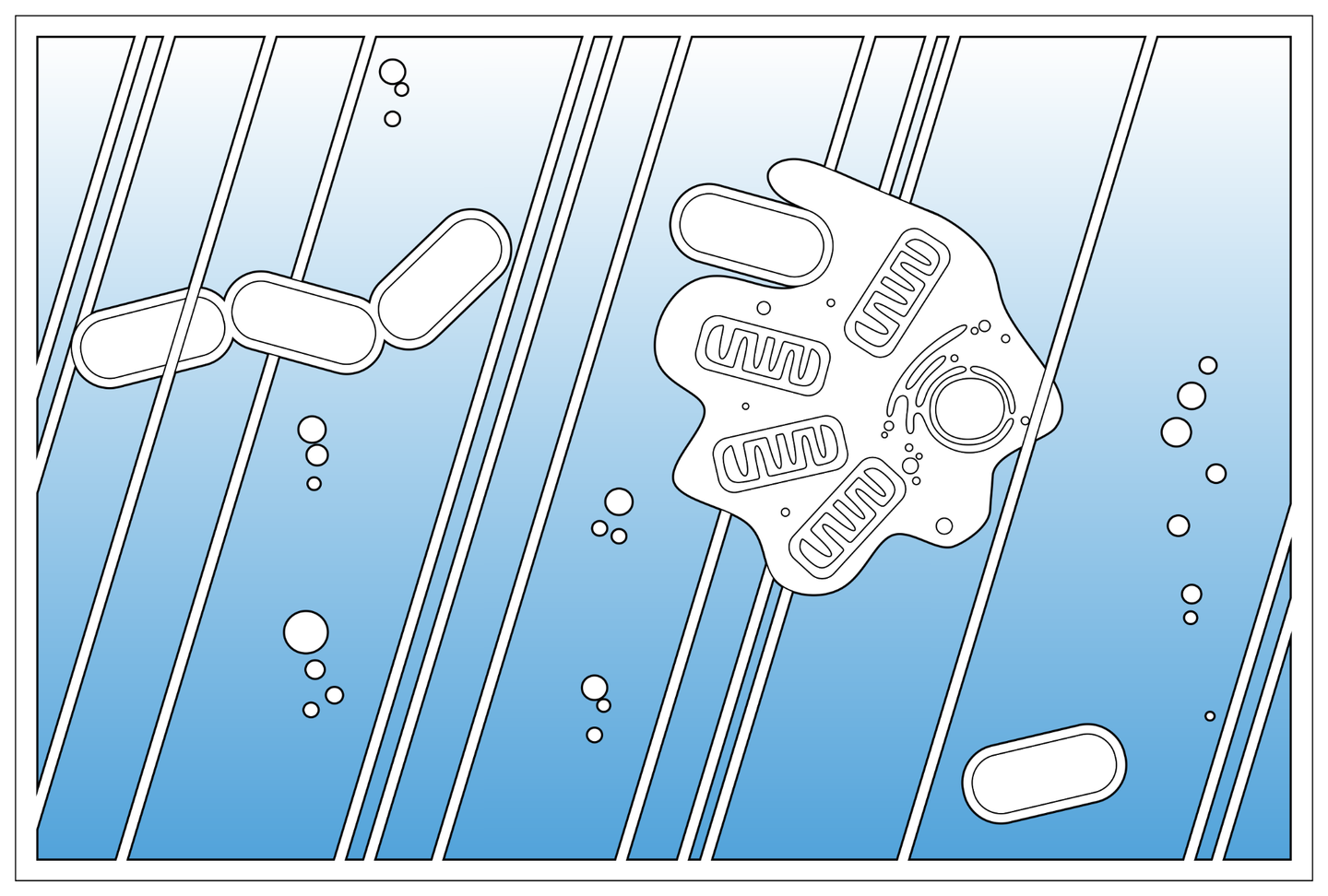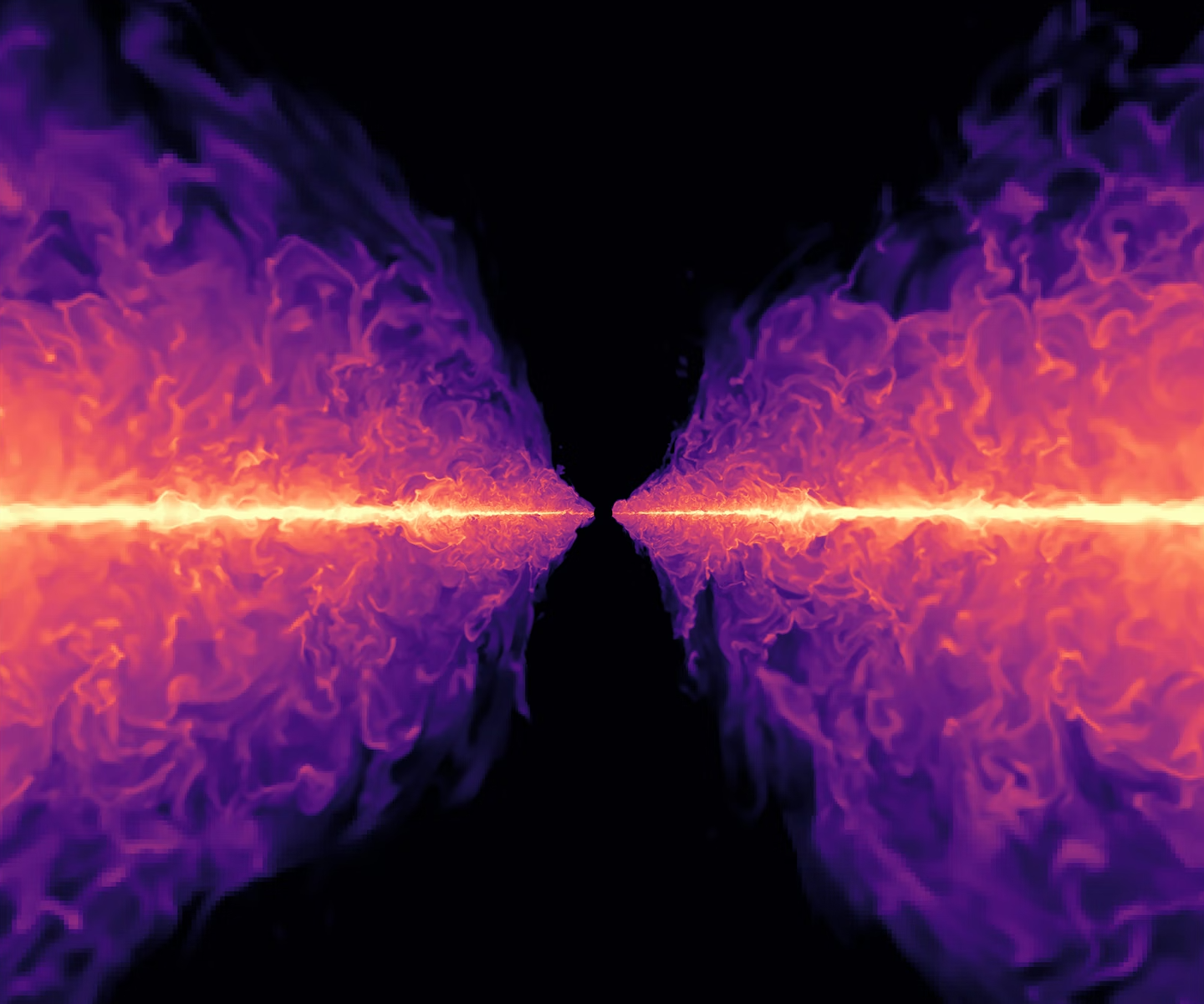Humans and Neanderthals are far more connected than once thought
Early Neanderthal remains offered a glimpse into our distant past, prompting questions about how they lived.

Uncovering Neanderthal remains ignited widespread fascination with our long-lost human cousins. (CREDIT: S. Entressangle/E. Daynes/Science Photo Library)
The discovery of ancient human cousins has long stirred wonder and debate. Early Neanderthal remains offered a glimpse into our distant past, prompting questions about how they lived and whether they mingled—or clashed—with early humans. The plot thickened with the later discovery of Denisovans, another mysterious branch of the human family tree. Each new finding deepened the mystery of who we are and where we came from.
Now, a new study is adding rich detail to that ancient story. A team of geneticists and artificial intelligence experts has found that early humans and Neanderthals were far more connected than once thought. Led by Joshua Akey from Princeton’s Lewis-Sigler Institute for Integrative Genomics, the team’s work points to a history filled with repeated contact and genetic exchange.
“This is the first time geneticists have identified multiple waves of modern human–Neanderthal admixture,” said Liming Li, a professor at Southeast University in Nanjing, China. Li conducted this research while working in Akey’s lab, helping to decode the patterns hidden in ancient DNA.
According to Akey, our ancestors branched off from Neanderthals roughly 600,000 years ago. Around 250,000 years ago, early humans began to show signs of the traits we now consider modern. From that moment on, humans and Neanderthals didn’t just coexist—they interacted, sometimes mixing their genes.
“For about 200,000 years, modern humans interacted with Neanderthal populations,” Akey said. These repeated encounters left lasting genetic footprints in our DNA. The findings show that our ancestors had ongoing relationships with Neanderthals rather than brief or isolated contact.
Published in Science, the research challenges old ideas about Neanderthals as crude or unsophisticated. Evidence now shows they were skilled at crafting tools, hunted with precision, and even treated injuries with methods far ahead of their time. They survived the harsh climates of Ice Age Europe through innovation and resilience.
To unravel this complex history, Akey’s team examined DNA from 2,000 present-day humans, three Neanderthals, and one Denisovan. The goal was to trace how genes moved between these groups over the last 250,000 years. The scale of this data allowed the researchers to detect moments of contact that earlier studies missed.
Central to their success was a new tool called IBDmix. It uses machine learning to detect segments of DNA shared between species, allowing scientists to identify when and where gene flow occurred. Unlike older genetic methods, IBDmix can reveal hidden patterns, painting a more detailed picture of how humans and their ancient cousins came together across time.
Related Stories
- New fossil and DNA evidence reveals significant Neanderthal diversity
- Ancient Neanderthal gene makes humans more sensitive to pain, study finds
- Neanderthals and modern humans interbred 50,000 years ago
Previously, researchers compared human genomes against a reference population thought to have little Neanderthal or Denisovan DNA. Akey’s team found even those reference groups had trace amounts of Neanderthal DNA, likely brought by travelers.
With IBDmix, the team identified three waves of contact: 200-250,000 years ago, 100-120,000 years ago, and the largest around 50-60,000 years ago. This challenges previous genetic data suggesting modern humans stayed in Africa for 200,000 years before dispersing 50,000 years ago.
“Our models show that shortly after modern humans arose, they migrated out of and back into Africa,” said Akey. “This story is about dispersal, showing that humans moved around and encountered Neanderthals and Denisovans more than previously recognized.”
This view aligns with archaeological evidence of cultural and tool exchange between these groups.
DNA Insights Li and Akey’s key insight was to search for modern-human DNA in Neanderthals, instead of vice versa. “Most genetic work has focused on how mating with Neanderthals impacted modern human evolution, but these questions are also interesting in reverse,” said Akey.
They realized that the offspring of early Neanderthal-modern human matings likely stayed with Neanderthals, leaving no trace in modern humans. “Incorporating the Neanderthal component into genetic studies reveals these earlier dispersals in ways we couldn’t see before,” Akey noted.
The team also discovered that the Neanderthal population was smaller than previously believed. Genetic modeling usually uses gene diversity as a proxy for population size. However, using IBDmix, the team showed that much of the apparent diversity in Neanderthals came from modern human DNA. Consequently, the estimated Neanderthal population size was revised down from about 3,400 to 2,400 breeding individuals.
The Disappearance of Neanderthals These findings suggest how Neanderthals disappeared around 30,000 years ago. “I don’t like to say ‘extinction,’ because I think Neanderthals were largely absorbed,” said Akey. He believes Neanderthal populations shrank until the last survivors were integrated into modern human communities.
This “assimilation model” was first proposed by Fred Smith, an anthropology professor at Illinois State University, in 1989. “Our results provide strong genetic data supporting Fred’s hypothesis, which is very interesting,” Akey commented.
“Neanderthals were likely on the brink of extinction for a long time,” he said. “If you reduce their numbers by 10 or 20%, that’s a substantial reduction for an already at-risk population.”
“Modern humans were like waves eroding a beach, steadily overwhelming Neanderthals and incorporating them into our populations,” Akey concluded.
This research adds significant depth to our understanding of human evolution, highlighting a complex history of migration and interaction that shaped our species.
Evolutionary differences between Homo sapiens and Neanderthals
The primary evolutionary differences between Homo sapiens (modern humans) and Neanderthals (Homo neanderthalensis) stem from genetic, anatomical, and behavioral adaptations that influenced their survival, development, and interaction with the environment.
Genetic Differences
- DNA Similarity and Divergence: Humans and Neanderthals share about 99.7% of their DNA, with the remaining genetic differences having profound impacts on physiology and cognition.
- Immune System: Certain immune system genes (e.g., HLA alleles) differ, likely giving Neanderthals resistance to local pathogens in Eurasia. Modern humans inherited some of these genes through interbreeding.
- Brain Development: Differences in genes like FOXP2 (associated with speech and language) and NOTCH2NL (linked to brain size and neuron proliferation) suggest Neanderthals and humans may have had distinct cognitive abilities.
Anatomical Differences
- Skull and Brain:
- Neanderthals had larger brains (~1600 cm³) compared to early modern humans (~1350 cm³), but their brain structure differed. Neanderthals' brains were elongated and adapted for robust visual and motor functions.
- Modern humans' rounded skulls supported a different brain organization, favoring complex social behavior and problem-solving.
- Facial Structure:
- Neanderthals had a more prominent brow ridge, wider noses, and a mid-facial projection, adaptations likely for cold climates.
- Modern humans have flatter faces and smaller noses, reflecting different environmental pressures.
- Body Build:
- Neanderthals were shorter and stockier with more robust bones, which helped retain heat and endure physical stress.
- Modern humans developed a leaner, more gracile frame better suited for endurance running and heat dissipation.
Behavioral and Cultural Differences
- Tool Use and Innovation:
- Neanderthals crafted the Mousterian tool culture, using stone flakes and simple tools.
- Modern humans developed more sophisticated technologies, including the Aurignacian culture, which involved bone tools, needles, and blades.
- Symbolism and Art:
- Neanderthals engaged in symbolic activities, such as burying their dead and possibly creating simple cave art.
- Modern humans demonstrated more complex symbolic thought, evident in intricate cave paintings, jewelry, and figurines.
- Social Structures:
- Neanderthals lived in smaller, isolated groups.
- Humans likely formed larger, interconnected social networks, facilitating knowledge transfer and innovation.
Diet and Environment
- Neanderthals were primarily carnivorous but also consumed plants and fungi.
- Humans had a more varied diet, which may have helped them adapt to changing environments.
Interbreeding and Legacy
- Interbreeding between Neanderthals and early modern humans introduced Neanderthal DNA into non-African human populations. Today, approximately 1-2% of the genome in people of Eurasian descent comes from Neanderthals, contributing to traits like immunity and skin pigmentation.
These differences highlight how both species adapted to their environments, with modern humans ultimately outlasting Neanderthals due to a combination of genetic advantages, cultural innovation, and environmental flexibility.
Note: Materials provided above by the The Brighter Side of News. Content may be edited for style and length.
Like these kind of feel good stories? Get the Brighter Side of News' newsletter.



